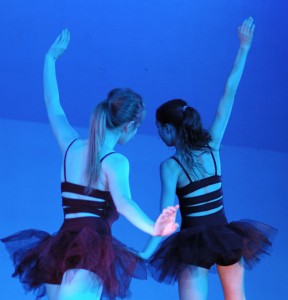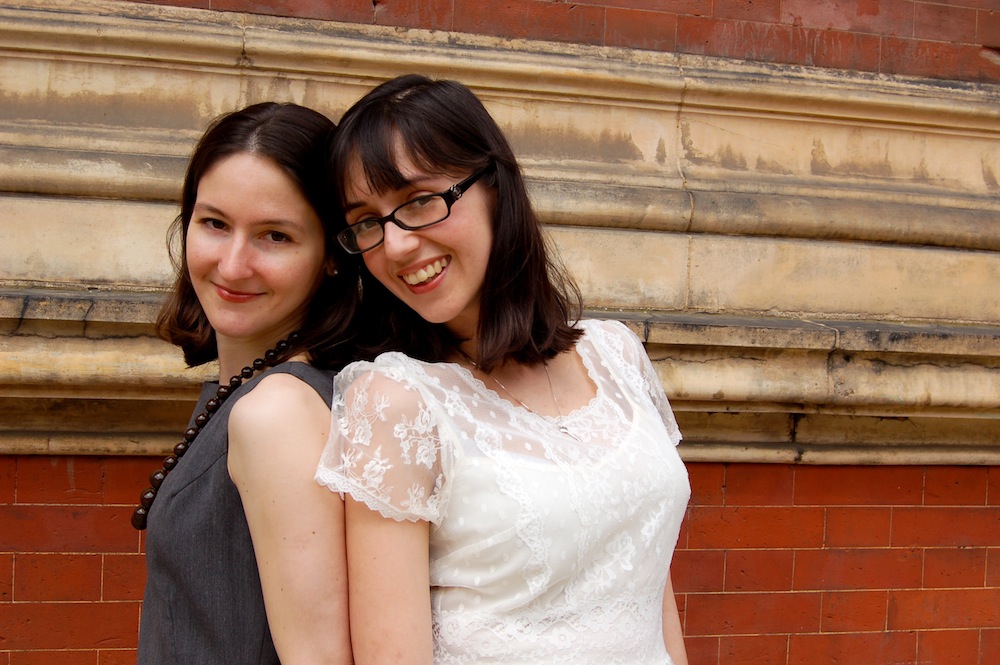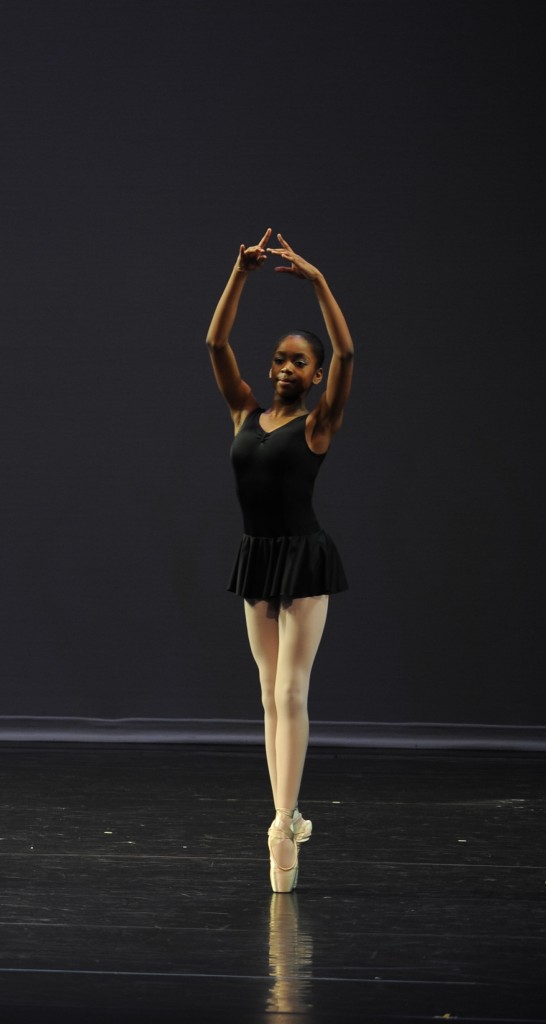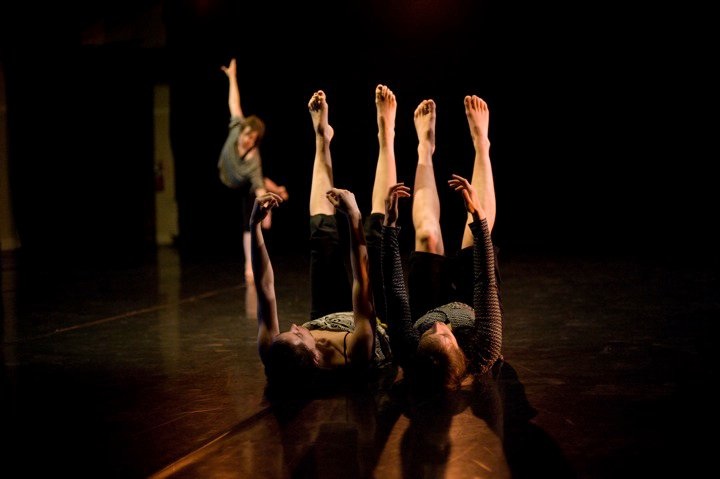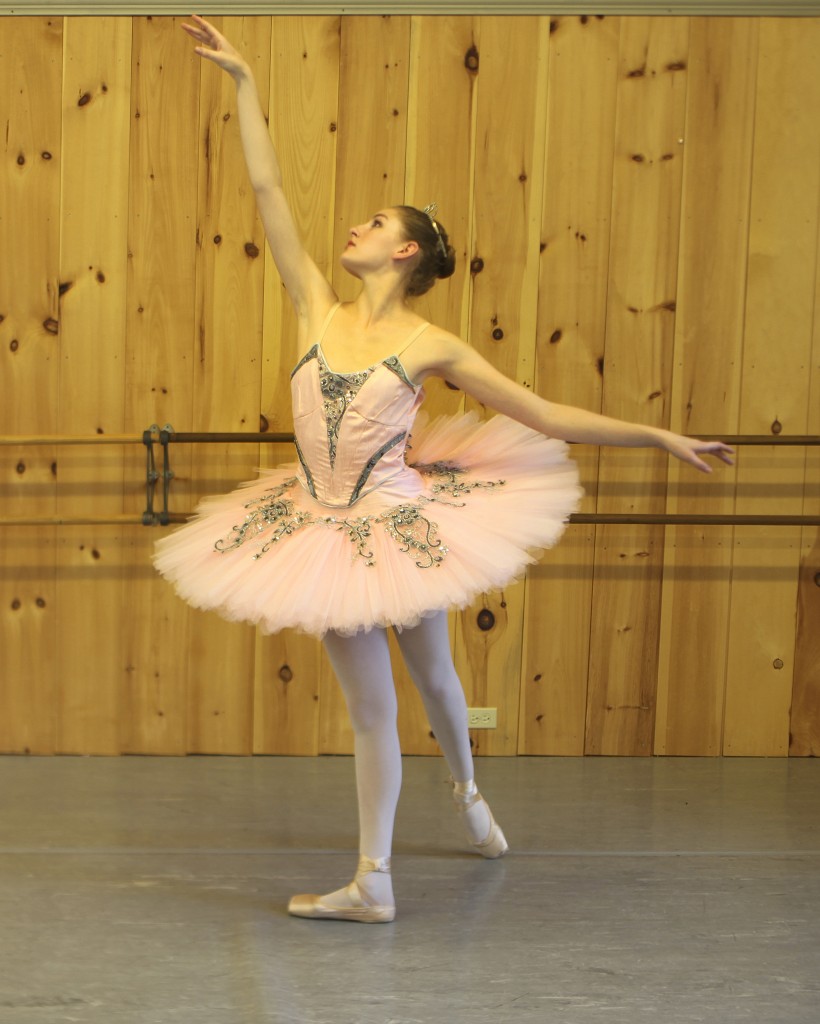
Today we have something really different to share with readers…
Meet Toya Dubin, dancer…and tutu-maker. This teenager is in a class of her own, and knows more about tutus than most!
What is your dance background?
I began dancing at the age of three in my hometown, Miami, Florida at a studio called In Motion. The appeal of graceful movement was irresistible, the idea that I could make myself a fairy or princess even more exciting. I took a modern class there with a disciple of Isadora Duncan, and remember never wanting class to be over. Since then, my love for ballet has outstripped that for any other form of dance. However, I have studied jazz as well as Zena Rommett Floor barre technique. I really enjoy ballet classes with Elena Kunikova, Lisa Lockwood, and Fabrice Herrault at Steps on Broadway. Over the years I have studied Balanchine, Vaganova, Russian, and Checetti styles of ballet, along with some Fosse, and Limón modern dance.
What are you currently doing in dance?
At the moment, I dance with the Orange County Ballet Theatre, under the artistic direction of Alicia Lovely and Carol Purcell, and have performed in their production of The Nutcracker since the age of eight. I also dance with the American Youth Ballet, under the tutelage of Albert Davydov, and performed in their Nutcracker this year. In addition, I study at Ballet Arts Studio, in Beacon, with Alessandra James.
How did your love of costumes come about?
I cannot distinguish a moment in my life in which costumes or being fabulous didn’t hold endless fascination for me. From the moment I learned to undress and redress myself, a minimum of fifteen clothing changes occurred per day. On a hike up Mount Marcy at nine years old I covered my eyelids in glitter and outfitted a friend and myself in fake pearls because, as I told everyone who laughed at us, “A girl must always be fabulous. No matter where.”
This idea has taken root in my mind. Fabulousness to me, is the expression of a person’s innermost aesthetic. In my own life that may involve oodles of rhinestones, but for the characters I bring to life that may not be their breed of fabulousness. The challenge of discovering what brings a different character to life is the ultimate challenge in my opinion, and from ballet I have learned that the most satisfying feeling is to stretch a little further than I thought I could. Succeeding in realizing a character’s personality and expressing that through their clothes is like that perfect triple pirouette you whip off in class one day.
What is it that you hope to do in this arena? [Read more…]







